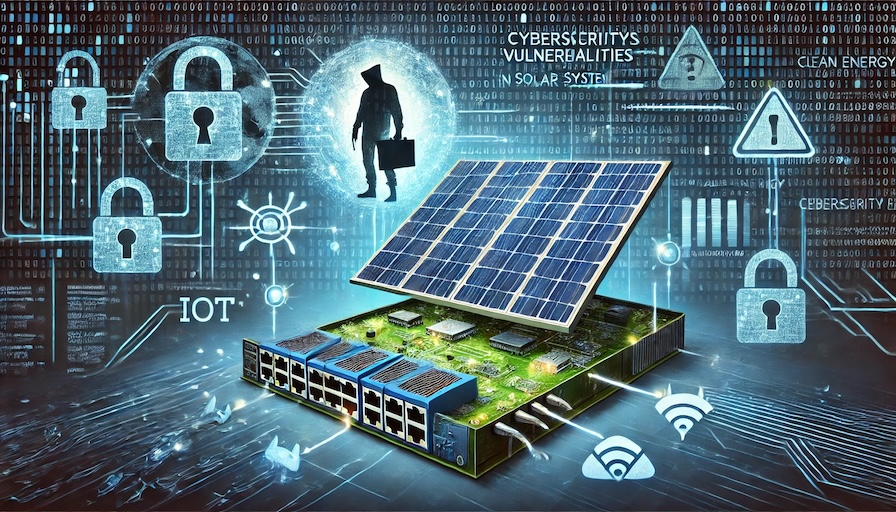Cybersecurity Risks in Solar Power Systems
Solar power has become a vital part of the global energy network, supplying clean energy to millions. But this rapid growth has exposed vulnerabilities in solar power systems that could have serious consequences. Recent discoveries by cybersecurity experts highlight the potential risks associated with solar inverters and controllers, which convert solar energy into electricity.
How Solar Power Systems Are Exposed
Solar power systems increasingly rely on the Internet of Things (IoT), connecting them to a vast network of devices. This connection, while beneficial for energy management, also opens the door to cyberattacks. Inverters and controllers play a key role in converting solar-generated power into electricity that can be used on the grid. When these devices are vulnerable, the entire power grid can be at risk.
The Impact of Vulnerabilities in Solar Inverters
Cybersecurity analysts at BitDefender recently found serious flaws in solar inverter platforms used by Solarman and Deye. These flaws put 195 gigawatts of solar power—20% of the world’s solar output—at risk. The vulnerabilities include the potential takeover of entire accounts, duplication of access tokens, excessive data sharing, and weak passwords. Attackers could exploit these weaknesses to disrupt power generation, access sensitive information, and destabilize power grids.
The Need for Stronger Cybersecurity Measures
The risks posed by these vulnerabilities are significant. If exploited, they could lead to large-scale disruptions in electricity generation, threatening the stability of power grids and national security. The decentralized nature of solar power adds to the challenge, making the system more vulnerable to cyber threats. As solar energy becomes more common, manufacturers and utility companies must prioritize cybersecurity in the development and operation of these systems. Regular security assessments, timely updates, and protection of all components against potential attacks are essential steps.


